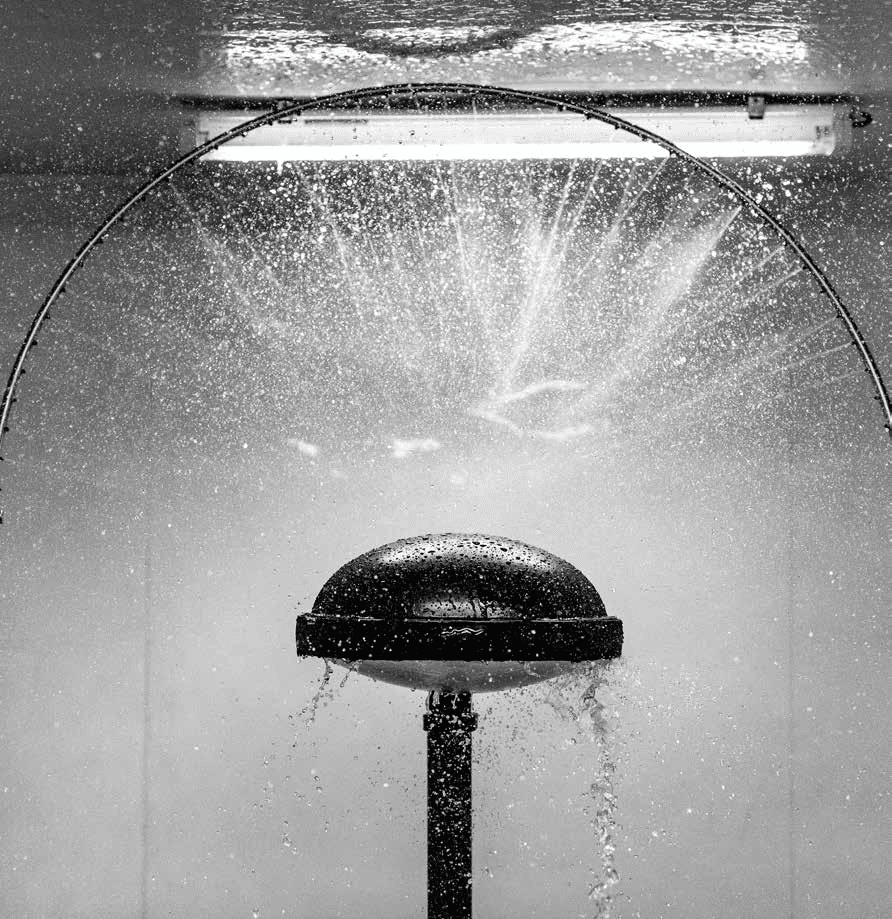IP and IK are ratings of protection. What they are can sometimes get muddled, so here we provide a quick overview and guide for what you should be looking out for when selecting a luminaire.
Let’s start with IP ratings.

IP is an acronym for “Ingress Protection.” Think moisture and water protection for your luminaire.
The IP rating system is an internationally recognised method for indicating the degree of protection against the ingress of dust, solid objects, and moisture into an enclosure.
IP ratings are internationally defined in the EN 60529 (British BS EN 60529:1992, European IEC 60509:1989) and always consists of two numbers. The numbers that follow the IP rating each have a specific meaning, with the first indicating the level of protection from solid objects/moving parts and the protection of enclosed equipment from foreign materials. The second figure details the level of protection that the enclosure has from moisture, sprays, immersion to prolonged submersion.
Therefore, the lowest degree of protection that we can find will be IP00 and the maximum IP68.
IP ratings explained
IPX – Protection against solids
0 – Not protected
1 – Protected against solid objects 50 mm in diameter or greater.
A large surface of the body, such as a hand (no protection against deliberate access).
2 – Protected against solid objects 12 mm in diameter or greater.
Fingers or similar objects not exceeding 80mm in length.
3 – Protected against solid objects 2.5 mm in diameter or greater.
Tools, wires, etc, of diameter or thickness greater than 2.5 mm.
4 – Protected against solid objects 1mm in diameter or greater.
Wires or other similar solid material of thickness greater than 1mm in diameter.
5 – Dust protected.
Dust does not enter in sufficient quantity to interfere with satisfactory operation of equipment.
6 – Dust tight.
No ingress of dust
IPXX – Protection against moisture
0 – Not protected
1 – Protected against dripping water.
Dripping water (vertically falling drops) shall have no harmful effect.
2 – Protected against dripping water when tilted up to 15º.
Vertically dripping water shall have no harmful effect when the enclosure is tilted at an angle up to 15º from its normal position.
3 – Protected against spraying water.
Water falling as a spray at any angle up to 60º from the vertical shall have no harmful effect.
4 – Protected against splashing water.
Water splashing against the enclosure from any direction shall have no harmful effect.
5 – Protected against water jets.
Water projected by a nozzle against enclosure from any direction shall have no harmful effects.
6 – Protected against heavy seas.
Water from heavy seas or projected in powerful water jets shall not enter the enclosure in harmful quantities.
7 – Protected against the effects of temporary immersion.
Ingress of water in harmful quantity is not possible when the enclosure is immersed in water under defined conditions of pressure and time.
8 – Protected against continuous immersion.
The equipment is suitable for continuous submersion in water under conditions which shall be specified by the manufacturer.
In summary, it is safe to say that, when looking for an outdoor luminaire, you shouldn’t look at anything less than IP44 (which should still be installed under canopies) or IP65 for complete protection. Products with IP68 are fully submersible and ideal for fountain or water feature applications.
Now for IK ratings

Like IP protection, IK ratings are governed by international standards EN 62262 (British BS EN 62262:2002, European IEC 62262 Ed. 1.0 B:2002), this helps to make comparisons between different luminaires. In this case, the rating indicates the luminaires mechanical resistance to harmful impacts. The IK rating varies from 0 (minimum resistance) to 10 (maximum resistance). Think the vandal resistance of your luminaire, for example if you’re installing your luminaire in a public location where it is easily accessible then you would want a higher IK rating than for a luminaire that is installed high up and out of reach.
The table below details the different IK ratings available and their meaning:
IK Rating – Impact Protection
IK00
Not protected
IK01
Protected against 0.14 joules impact. Equivalent to impact of 0.25 kg mass dropped from 56 mm above impacted surface.
IK02
Protected against 0.2 joules impact. Equivalent to impact of 0.25 kg mass dropped from 80 mm above impacted surface.
IK03
Protected against 0.35 joules impact. Equivalent to impact of 0.25 kg mass dropped from 140 mm above impacted surface.
IK04
Protected against 0.5 joules impact. Equivalent to impact of 0.25 kg mass dropped from 200 mm above impacted surface.
IK05
Protected against 0.7 joules impact. Equivalent to impact of 0.25 kg mass dropped from 280 mm above impacted surface.
IK06
Protected against 1 joules impact. Equivalent to impact of 0.25 kg mass dropped from 400 mm above impacted surface.
IK07
Protected against 2 joules impact. Equivalent to impact of 0.5 kg mass dropped from 400 mm above impacted surface.
IK08
Protected against 5 joules impact. Equivalent to impact of 1.7 kg mass dropped from 300 mm above impacted surface.
IK09
Protected against 10 joules impact. Equivalent to impact of 5 kg mass dropped from 200 mm above impacted surface.
***IK10***
Protected against 20 joules impact. Equivalent to impact of 5 kg mass dropped from 400 mm above impacted surface. – the highest level of protection
Our range of luminaires has been carefully selected to offer the very best in contemporary styling and optimum performance while still offering a cost effective solution. All of our outdoor LED lighting products are sourced to our specification and tested to provide the right protection for their intended location. All of our products are supplied with a 5 year warranty as standard.
